|
Microlot, direct trade, single origin, origin trip, nanolot, among others; are terms that are being repeatedly used in the specialty coffee industry today. A microlot is a term that designates not only a small volume of coffee production, but also designates a selectively hand-picked coffee, from a particular cultivar, in a specific farm or micro-region, within a certain altitude range and processed separately; or at least a combination of some of the above. In summary, it's the result of some concerted effort to separate and carefully prepare a quantity of coffee that will have special characteristics.
0 Comments
Indonesia was the third country in the world to grow coffee for commercial purposes after Ethiopia and Yemen. The history of coffee in Indonesia, as in many others producing countries around the world, begins with tales of colonialism, slavery, monopoly and multinational corporations (Yes! The first ones of modern history were set in the early 17th century).
Each year we are receiving more and more samples from producers and cooperatives in many origins around the world. This is very exciting, but also represents a challenge in terms of time and resources we need to dedicate to analyze and evaluate each of them fairly and effectively. 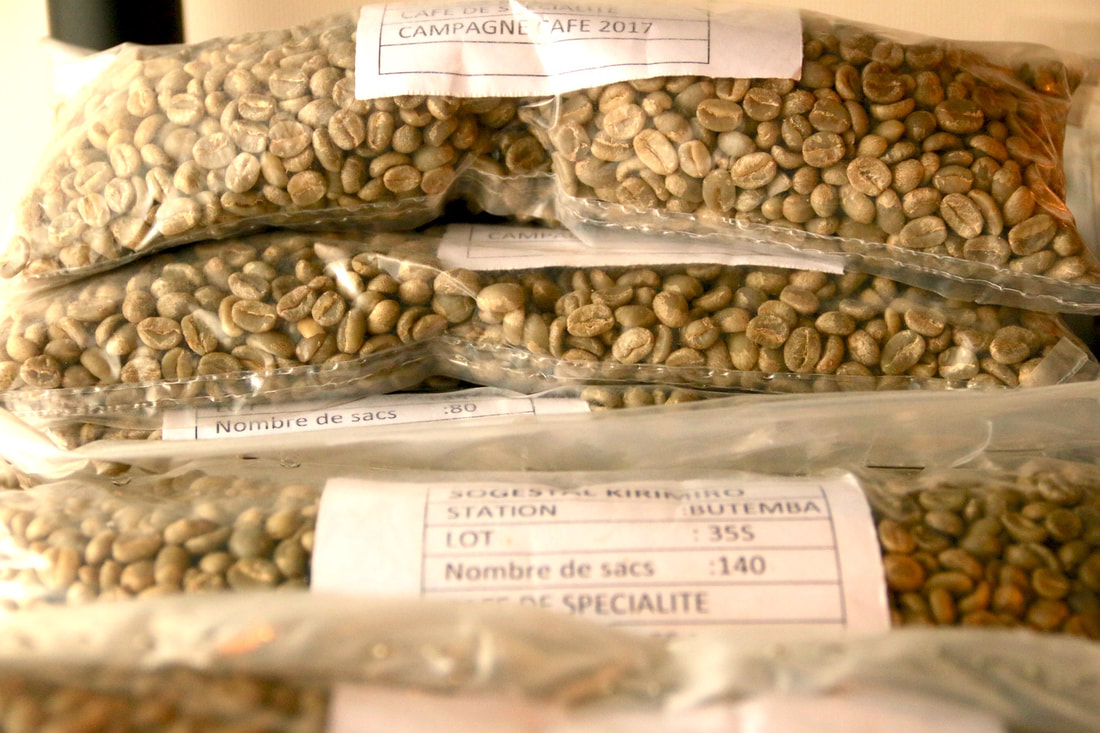 This year from Burundi only, we received 51 samples from 4 different cooperatives we had the chance to visit last June.
Finally, evaluation through blind cupping allows us to judge the potential, identify the defects and select the best samples. It is the most influential tool when deciding which coffees will be travelling to our warehouse and going into your roasters very soon.
Enjoy your Burundi coffee! |
Archives
July 2024
Categories
All
|
- What We Do
- Que Hacemos
-
Origins
-
Orígenes
- Education
- Educación
- Contact
- Contacto
- Home Roaster Store
- Tienda del Home Roaster

|
Copyright © 2015-2024 | Kilimanjaro Specialty Coffees España S.L.U. All Rights Reserved.
|
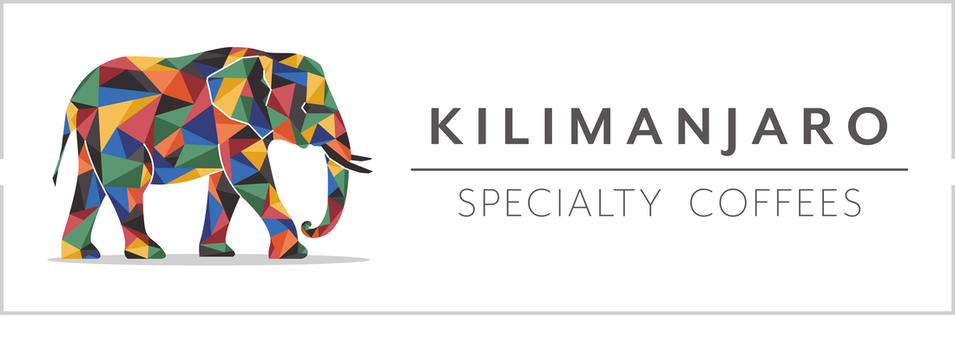
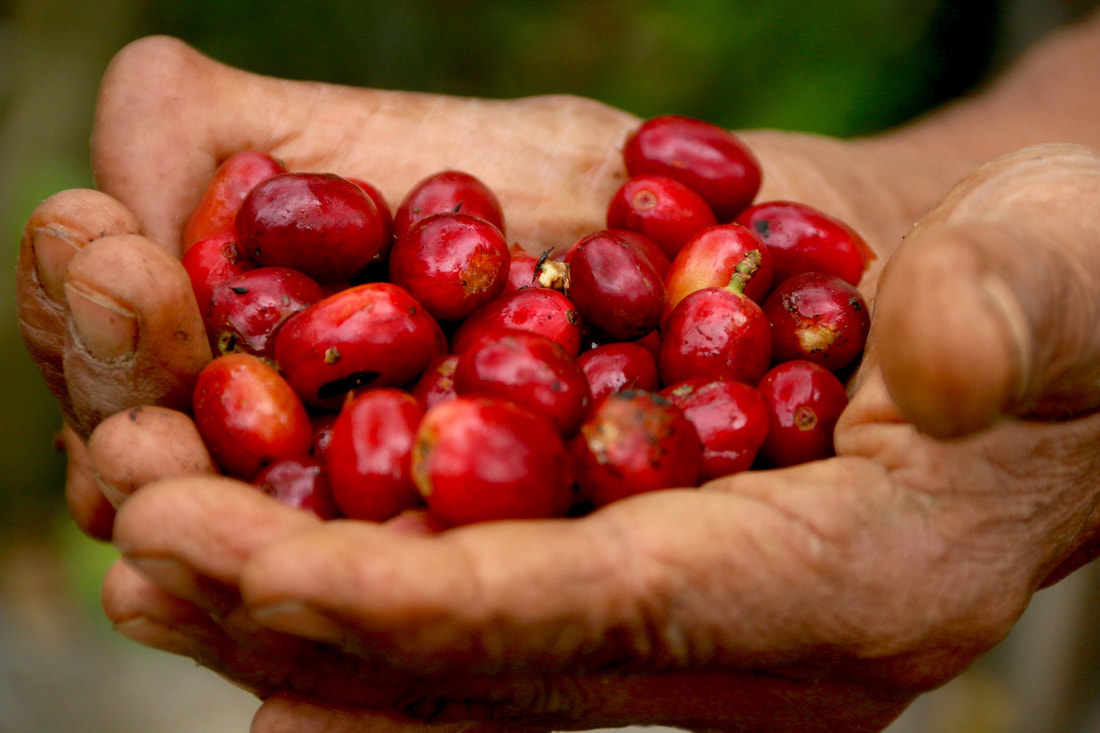
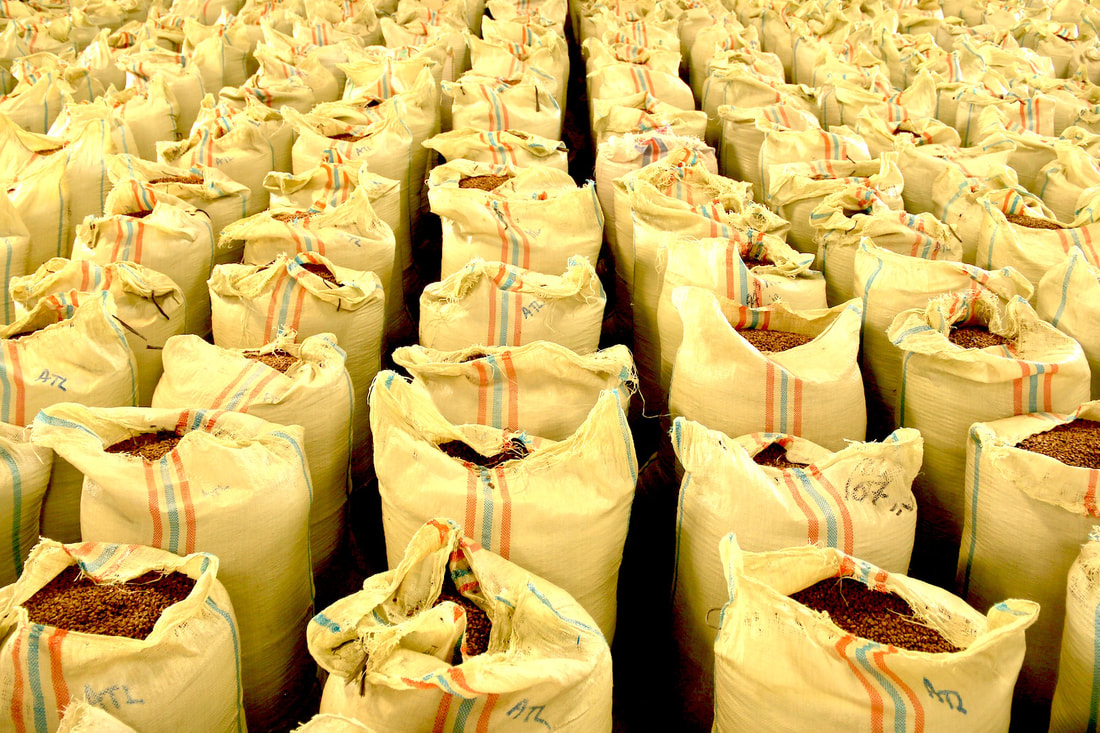
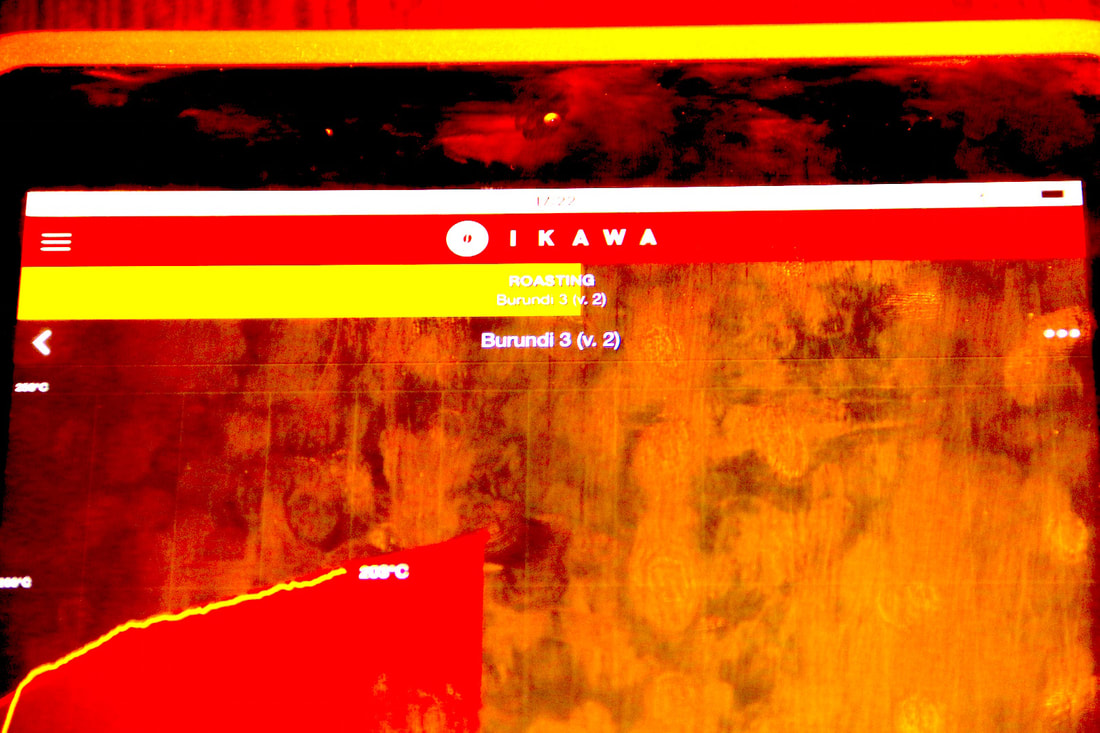
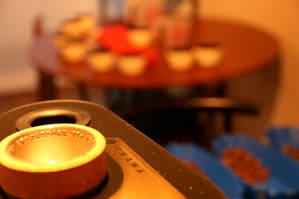
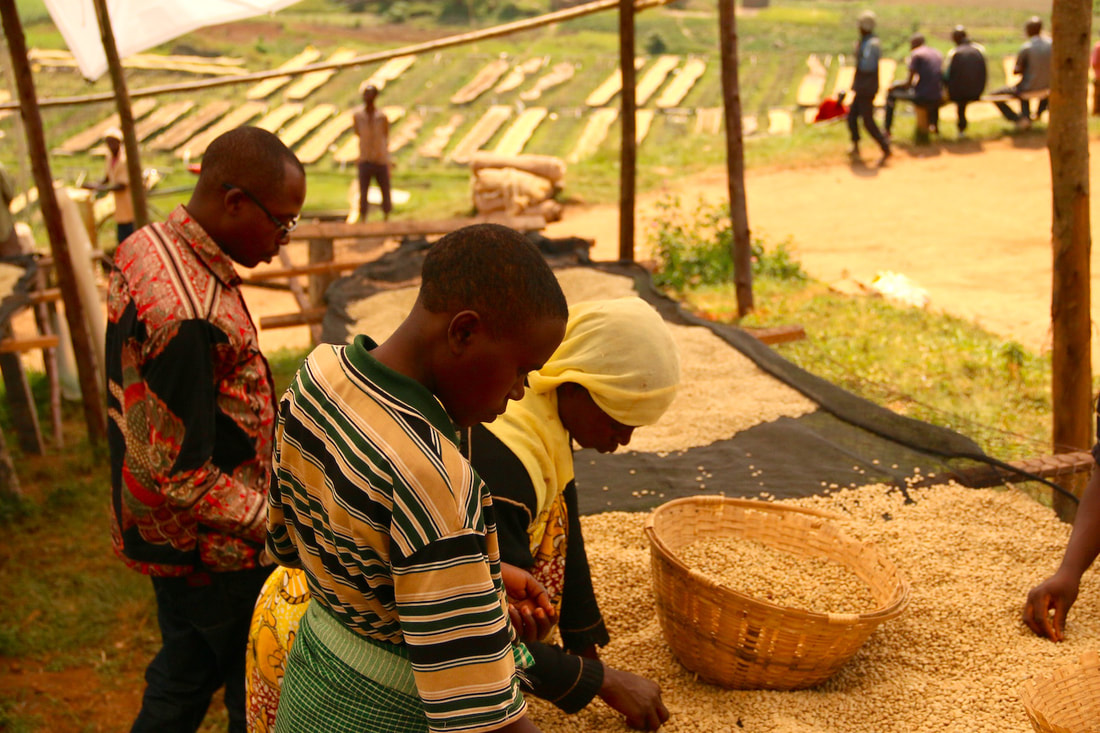
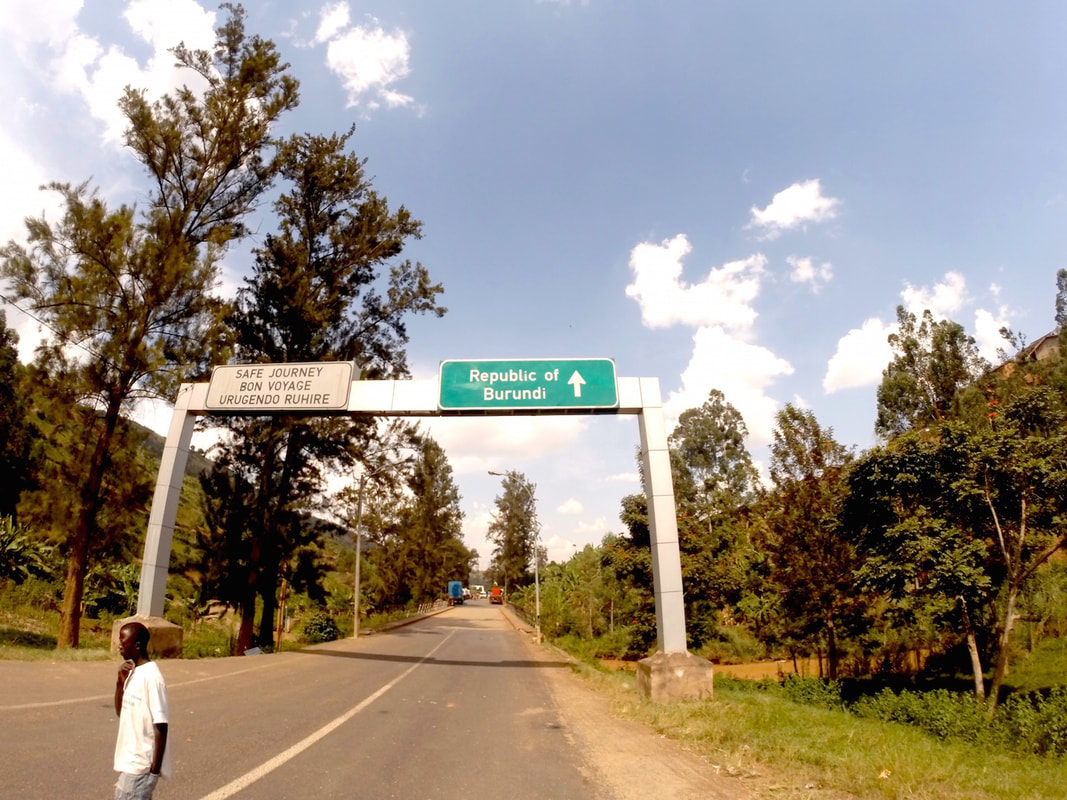
 RSS Feed
RSS Feed